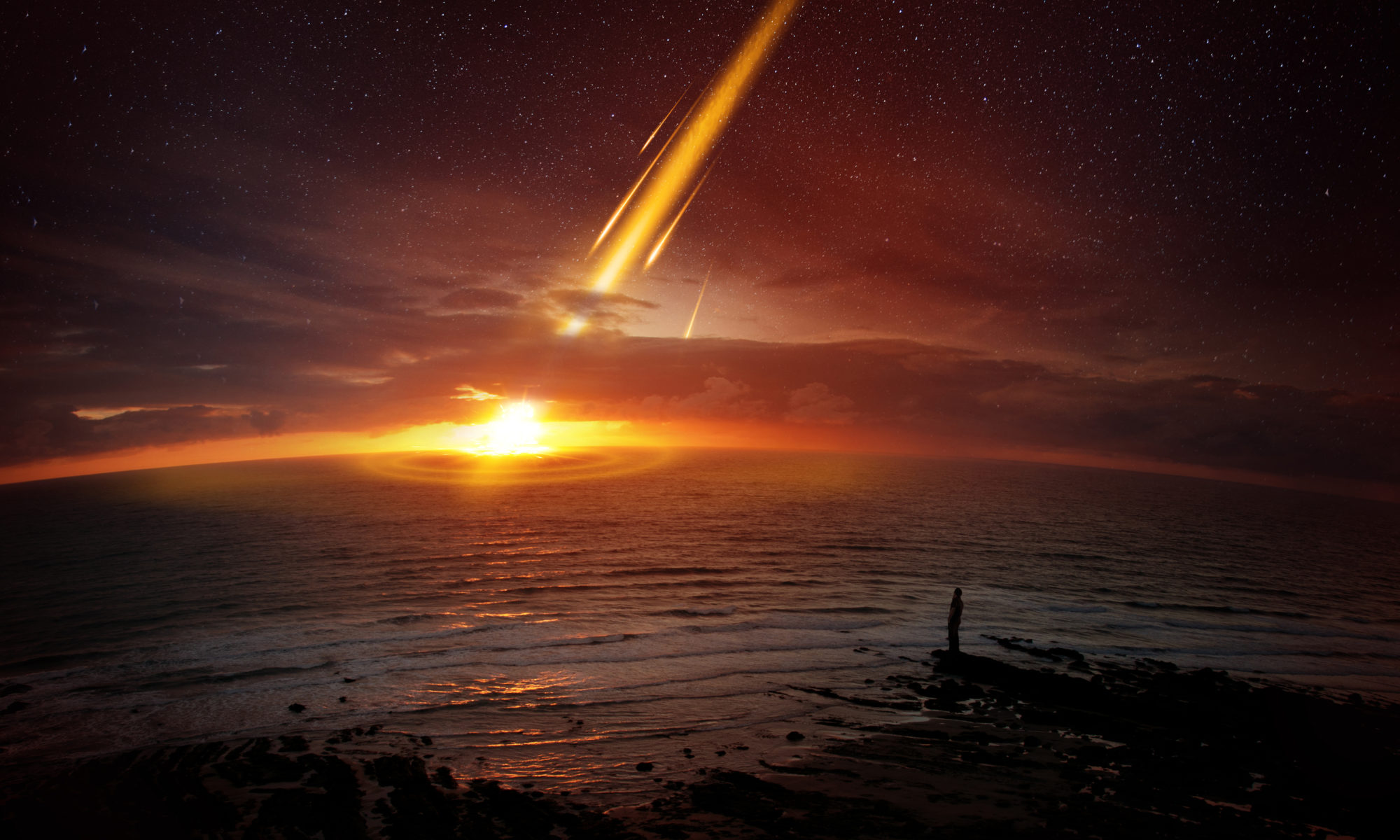Martin Ferus, Anna Křivková, Lukáš Petera, Vojtěch Laitl, Libor Lenža, Antonín Knížek, Jiří Srba, Nikola Schmidt, Petr Boháček, Svatopluk Civiš, Miroslav Krůs, Jan Kubát, Lucie Paloušová, Elias Chatzitheodoridis, Petr Kubelík
Important features in meteor spectra are usually interpreted by synthetic convolution of lines extracted from databases. We developed new approach in this field: experimental techniques based on ablation of real meteorite samples using a wide range of laser sources. We performed experiments in order to provide spectra of several molecular, radical and molecular ion species that are likely to appear in meteor or cometary impact plasma. The spectra are recorded by high-resolution laboratory Echelle spectrograph and simultaneously using a high-resolution Meteor Spectral Camera for real meteor observation. In this manner, we show that instead of theoretical spectra simulation, laboratory experiments can be applied at least for qualitative evaluation of the observational data and assignment of important spectral features in meteor emission spectra. We also provide examination of ablation spots for future estimation of parameters of a high-power laser, which is used for remote LIBS applied in astronautics.
